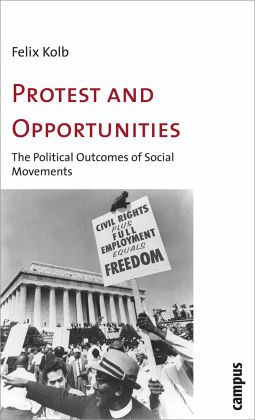Nicht lieferbar

Protest and Opportunities
The Political Outcomes of Social Movements
Mitarbeit: Tarrow, Sidney
Versandkostenfrei!
Nicht lieferbar
Englischsprachige Titel
Soziale Bewegungen sind zentrale Kräfte politischen und gesellschaftlichen Wandels. Welche internen und äußeren Bedingungen zu Erfolg oder Misserfolg einer sozialen Bewegung beitragen, zeigt Felix Kolb an zwei Beispielen: der afroamerikanischen Bürgerrechtsbewegung sowie der Anti-Atom-Bewegung. Letztere war in 18 OECD-Staaten aktiv, in einigen war sie sehr erfolgreich, in anderen konnte sie nur wenig erreichen. Verantwortlich dafür sind weniger interne, sondern vor allem unterschiedliche politische Faktoren in den jeweiligen Ländern, wie öffentliche Meinung, institutionelle Strukturen und Elitenkonflikte.










